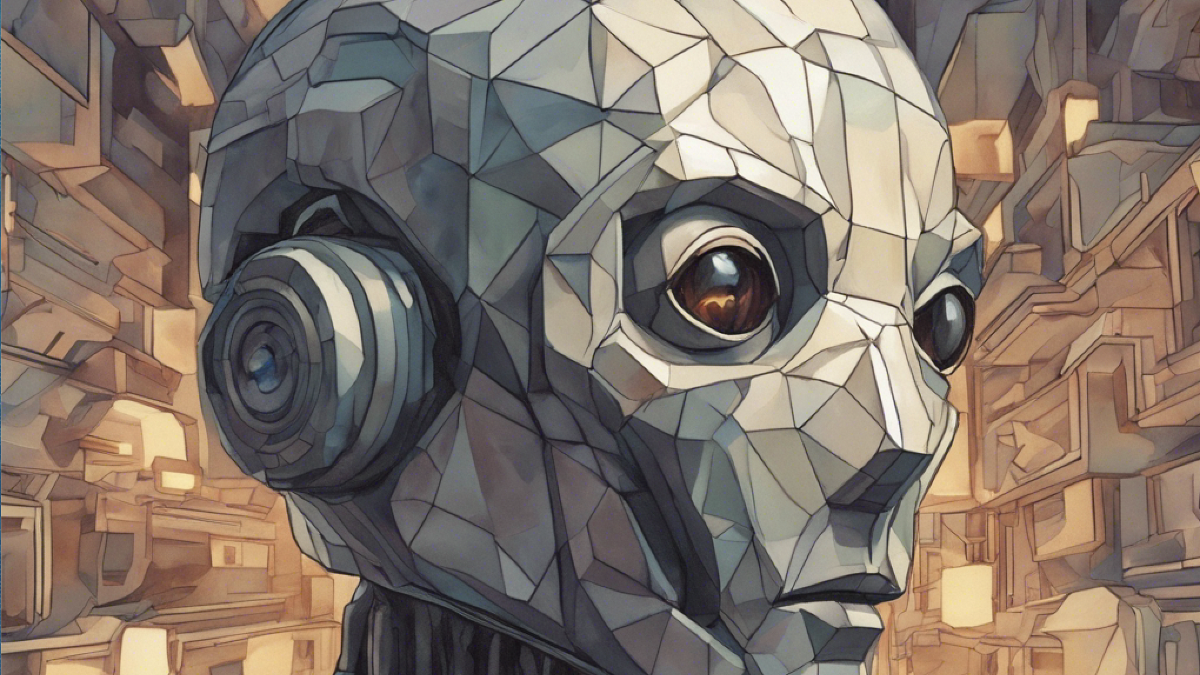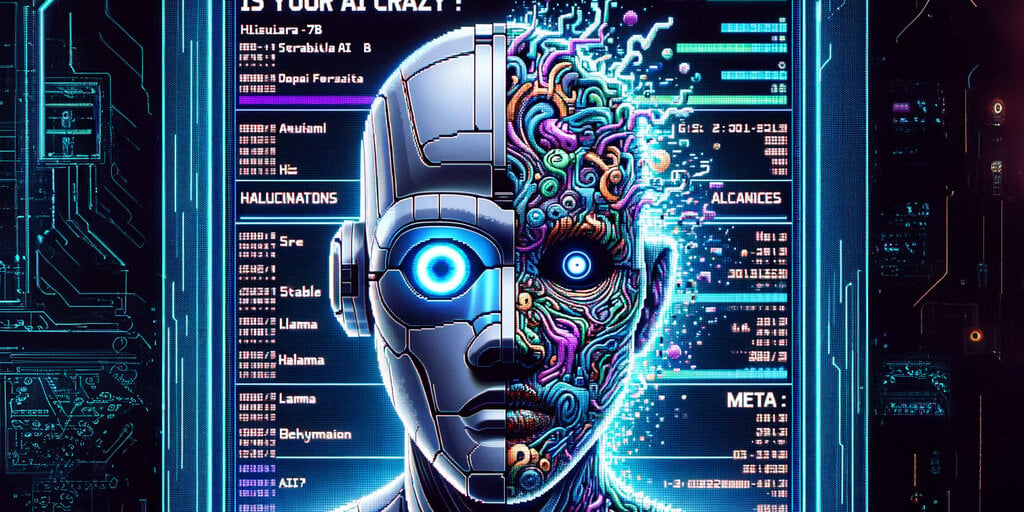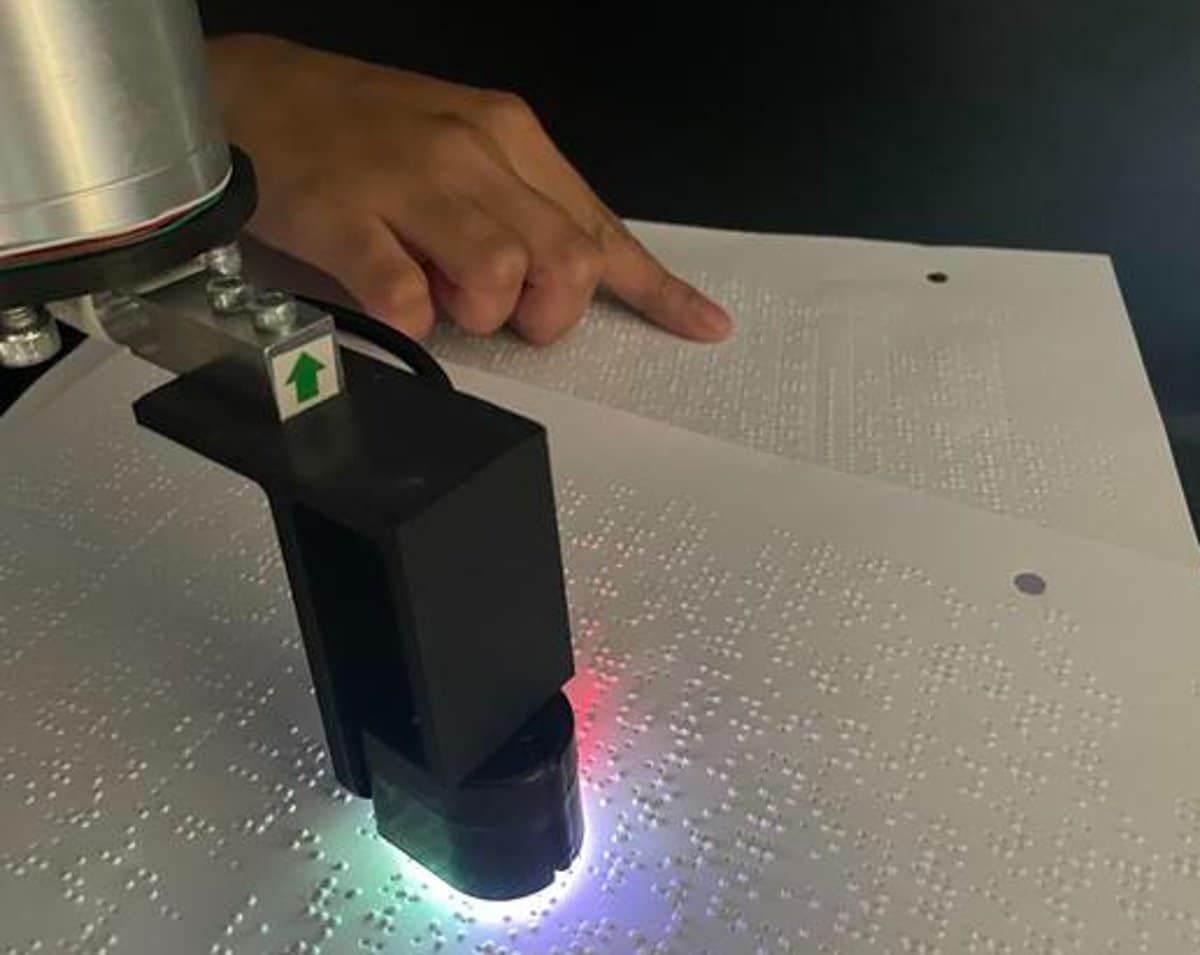During my tenure as a journalist at The Charlotte Observer in the 1990s, we extensively covered the advent of the information superhighway, commonly known as the internet. This included a focus on the rising trend of individuals purchasing computers for personal use.
Reflecting on the recent coverage of the potential integration of artificial intelligence (AI) in educational settings, it evoked memories of that era. Once again, there is a collective effort to comprehend a technological advancement that is poised to revolutionize the field of education and society at large.
While I have come across various articles discussing AI, particularly noteworthy pieces in The New Yorker, and explored AI-generated artwork on platforms like Instagram, it was a conversation with Cabarrus County Schools’ Chief Technology Officer, Ben Allred, that truly underscored the practical applications of AI in professional settings.
The process of generating visual aids for my digital narrative led me to experiment with AI image generation tools. Despite encountering platforms that required a paid subscription for access, I eventually landed on FormAI at Izea.com, where I could explore the service without any financial commitment. By inputting specific prompts like “news article illustration of AI use in schools,” I obtained a selection of images, one of which became the centerpiece of my digital article.
Engaging with the state’s latest AI guidebook for educational institutions provided insights into refining search prompts for optimal outcomes. Experimenting with prompts like “student using artificial intelligence” and incorporating “North Carolina” yielded a fresh set of images, predominantly featuring human faces, including identifiable Black males. The color scheme varied slightly, with a prevalence of blue tones, showcasing the minimal impact of geographical specifications on the results.
Exploring further with available credits, I delved into the realm of “artificial intelligence in schools” with a whimsical twist by selecting the “purple pill/get weird” option. The outcomes, such as a snail within a picture frame and oversized, eccentric work boots set against a Van Gogh-esque backdrop, though entertaining, did not align with the intended narrative.
The experience of utilizing AI tools paralleled the envisioned learning process for students—acquiring knowledge through practical engagement with AI technologies. This hands-on encounter underscored the importance of exercising caution while navigating online platforms, emphasizing the significance of safeguarding personal information.
Moreover, a deliberation on the ethical implications of incorporating AI-generated visuals prompted constructive discourse among my editorial team. We collectively agreed to attribute the AI-generated content transparently, ensuring its relevance to the overarching narrative. While acknowledging concerns regarding the exploitation of human creativity in AI artistry, particularly from the perspective of my husband, a retired graphic artist, the pragmatic necessity for cost-effective solutions in media production was evident.
This endeavor also sparked contemplation on establishing clear guidelines for the ethical utilization of AI within our organization, recognizing the imperative nature of this task. While affirming our commitment to preserving journalistic integrity by retaining human reporters, the prospect of automating routine tasks through AI mechanisms to enhance operational efficiency was deliberated.
During a virtual discussion with senior news editor Ely Portillo, a prompt was inputted into ChatGPT to explore the challenges, risks, and potential benefits of AI implementation in Charlotte-Mecklenburg Schools. The resulting essay, although eloquent in its portrayal of AI integration within the educational landscape, was entirely fictitious, as Charlotte-Mecklenburg Schools had not yet embraced AI technology on district devices.
The response from Chief Technology Officer Candace Salmon-Hosey shed light on the cautious yet forward-thinking approach adopted by educational institutions like CMS towards AI integration. Emphasizing the rapid evolution of AI technologies and the collaborative efforts to leverage its potential for enhancing student learning experiences, the statement underscored the dynamic nature of AI advancements and the necessity for continuous evaluation.
This narrative serves as a cautionary tale for students navigating the realm of AI, highlighting the distinction between factual research and creatively manipulated content. While AI tools offer valuable insights, they should be approached with discernment, especially when crafting academic or investigative works.
Looking ahead, the trajectory of AI’s integration into various sectors mirrors past technological advancements that have reshaped societal norms. As predicted by Allred, the progression from initial skepticism to widespread acceptance of AI innovations may materialize within the next 12 to 18 months, signifying a paradigm shift that necessitates continuous learning and adaptation.
In conclusion, the evolving landscape of AI presents boundless possibilities and challenges, reminiscent of past technological revolutions. As we brace for the inevitable ubiquity of AI, the journey towards comprehensive understanding and responsible utilization remains paramount, ensuring that we navigate this transformative era with informed discernment and ethical consideration.






